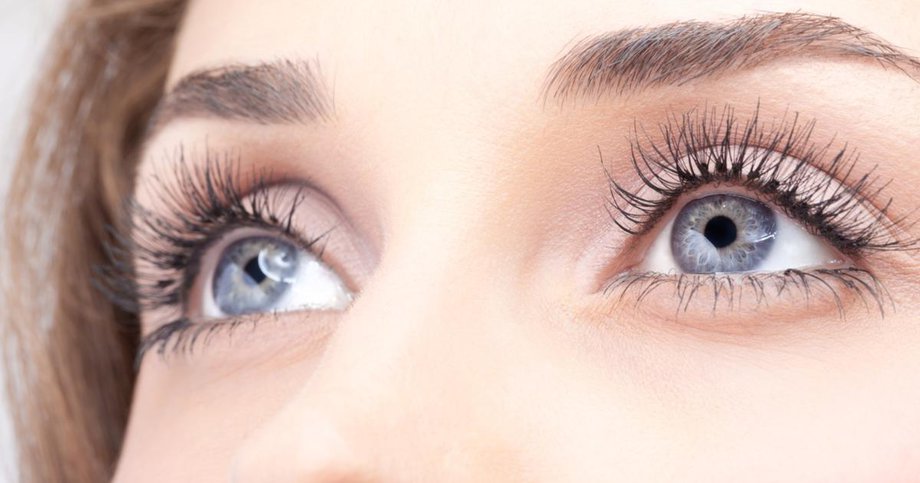How to Recognize the Symptoms of Cataracts

Cataracts are a prevalent ocular condition characterized by the clouding of the eye’s lens, resulting in compromised vision. Timely recognition of cataract symptoms is crucial for appropriate management and prevention of further deterioration.
This article aims to provide an objective and impersonal overview of the common signs of cataracts, including blurry vision, light sensitivity, altered color perception, double vision, and impaired night vision. By familiarizing oneself with these symptoms, individuals can promptly seek medical attention and receive the necessary interventions to mitigate the impact of cataracts on their visual health.
Key Takeaways
- Blurry vision and difficulty seeing clearly are common signs of cataracts.
- Increased sensitivity to light and glare is another symptom of cataracts.
- Changes in color perception, such as distorted colors or reduced ability to distinguish between hues, can indicate the presence of cataracts.
- Double vision, poor night vision, and impaired depth perception are additional symptoms of cataracts that may require consultation with an ophthalmologist for appropriate treatment options.
Common Signs of Cataracts
Common signs of cataracts typically include blurry vision, increased sensitivity to glare, and difficulty seeing at night.
Cataracts are caused by the gradual clouding of the eye’s natural lens, which is located behind the iris and pupil. This clouding is primarily attributed to the aging process, although other factors such as genetics, diabetes, smoking, and excessive exposure to sunlight can also contribute to their development.
Age-related cataracts are the most common type and are more likely to occur after the age of 40.
Treatment options for cataracts vary depending on the severity of the condition. In the early stages, vision correction through the use of glasses or contact lenses may help. However, as the cataracts progress and begin to significantly impair vision, surgical intervention, such as cataract surgery, is often recommended to replace the clouded lens with an artificial one.
Blurry Vision and Difficulty Seeing
One of the indicators of the presence of cataracts is experiencing blurred vision and difficulties in perceiving objects clearly. This can lead to difficulty reading and eye strain. Cataracts cause the lens of the eye to become cloudy, resulting in the scattering of light and the blurring of vision. This can make it challenging to focus on printed text or small objects at close range, causing strain on the eyes. Individuals with cataracts may find themselves needing brighter lighting or larger font sizes to read comfortably. Eye strain can also occur due to the constant effort required to try and see clearly. Below is a table summarizing the symptoms commonly associated with cataracts:
| Symptom | Description |
|---|---|
| Blurred vision | Difficulty in perceiving objects clearly |
| Difficulty reading | Challenges in reading small print or focusing on text |
| Eye strain | Discomfort or fatigue in the eyes after extended visual effort |
| Need for brighter lighting | Increased reliance on brighter lights for better visibility |
Recognizing these symptoms can help individuals seek appropriate medical attention and intervention for cataracts.
Sensitivity to Light and Glare
Sensitivity to light and glare is often experienced by individuals with cataracts, causing discomfort and difficulty in adapting to bright environments. This symptom, known as photophobia, is characterized by an abnormal sensitivity to light, leading to eye discomfort and an increased tendency to squint.
The presence of cataracts can cause the lens of the eye to become cloudy, resulting in the scattering and diffusion of light as it enters the eye. This scattering effect leads to an increased sensitivity to bright light sources, such as sunlight or artificial lighting. As a result, individuals with cataracts may find themselves squinting or avoiding bright environments altogether.
Sensitivity to light and glare can significantly impact daily activities, limiting an individual’s ability to engage in outdoor activities or work in well-lit environments.
Changes in Color Perception
Changes in color perception can occur as a result of the presence of cataracts, leading to a distorted perception of colors and a reduced ability to accurately distinguish between different hues. Cataracts are a common age-related condition characterized by the clouding of the lens in the eye. This clouding can cause the lens to become less transparent, resulting in changes in color vision.
Cataract surgery is the most effective treatment option for cataracts, involving the removal of the cloudy lens and replacement with an artificial lens. This surgical procedure can restore color perception and improve visual acuity. However, it is important to note that changes in color perception may persist even after cataract surgery, especially in cases where the condition has been present for a long time.
In such instances, additional treatment options, such as vision therapy, may be considered to further enhance color perception.
Double Vision and Poor Night Vision
Double vision, also known as diplopia, and poor night vision are visual impairments that can be caused by various factors, such as refractive errors, muscle imbalances, neurological conditions, or certain medications. These impairments can significantly affect an individual’s daily life and overall quality of vision.
Some of the key symptoms associated with double vision and poor night vision include:
- Seeing two images of a single object
- Difficulty focusing on objects in low light conditions
- Trouble driving at night due to reduced visibility
- Increased sensitivity to glare and halos around lights
- Impaired depth perception
It is important to consult an ophthalmologist if experiencing any of these symptoms, as they can help identify the underlying cause and provide appropriate treatment options. Regular eye examinations are crucial in maintaining good eye health and detecting any visual impairments early on to prevent further complications.
Frequently Asked Questions
Can Cataracts Cause Any Other Symptoms Besides Vision Changes?
Cataracts can cause other symptoms besides vision changes, including glare sensitivity, difficulty seeing at night, color vision changes, and double vision. These non-visual effects can impact daily activities and quality of life.
Is It Possible for Cataracts to Develop in Only One Eye?
Unilateral cataracts, or cataracts that develop in only one eye, are possible. This refers to the presence of cataracts in one eye while the other eye remains unaffected.
Can Cataracts Be Prevented?
Prevention methods for cataracts include protecting the eyes from UV radiation, avoiding smoking and excessive alcohol consumption, maintaining a healthy diet, and managing medical conditions such as diabetes. Non-surgical options, such as regular eye exams, may aid in early detection and management of cataracts.
What Are the Risk Factors for Developing Cataracts?
Risk factors for developing cataracts include advanced age, smoking, excessive sunlight exposure, diabetes, obesity, and certain medications. Causes of cataracts are multifactorial and may involve oxidative stress, genetic factors, and certain medical conditions. Prevention strategies include lifestyle modifications and regular eye examinations.
Are There Any Alternative Treatments for Cataracts Besides Surgery?
Alternative treatments for cataracts, besides surgery, include the use of medications, dietary supplements, and lifestyle modifications. These non-surgical options aim to slow down the progression of cataracts or improve vision temporarily, but their effectiveness is still under investigation.









